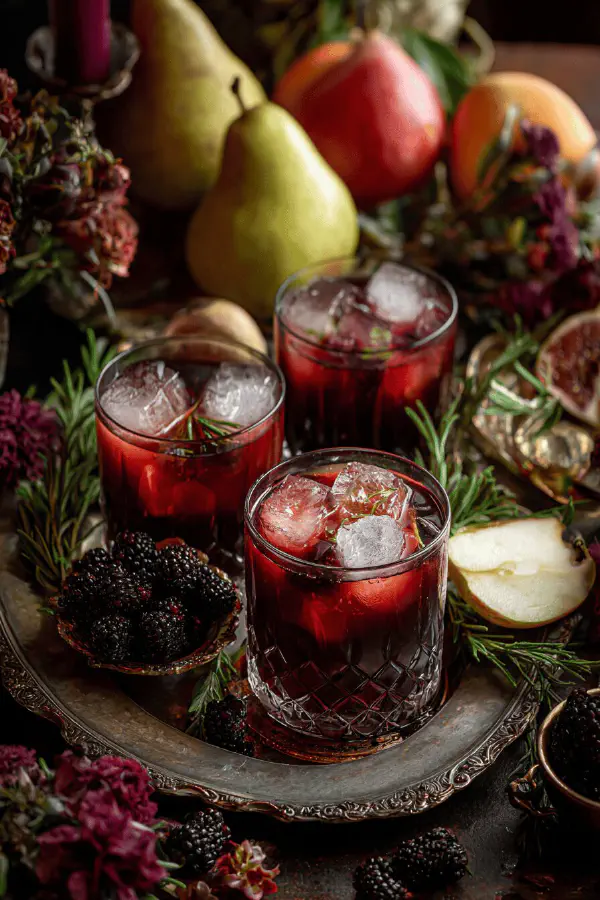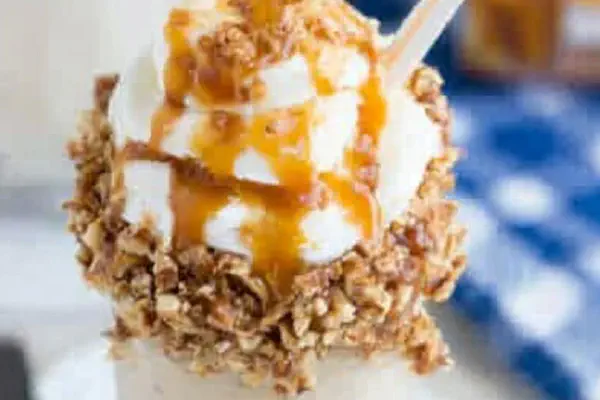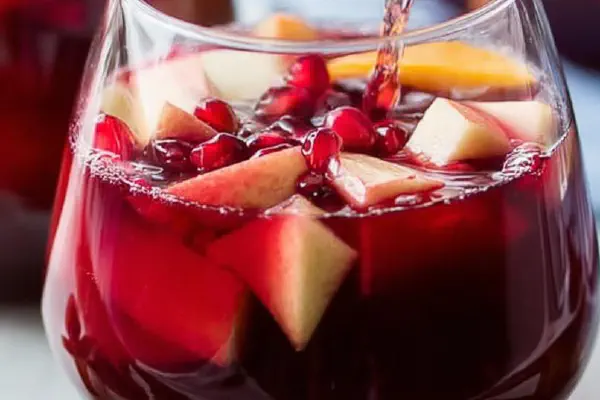Featured Recipe
Twisted Caribou Mix

By Kate
"
Warm blend of spirits with a fruity kick, altered from the classic Caribou. Brandy swapped for aged rum, vodka replaced by pear brandy. Apple cider takes place of ice cider, and a splash of blackberry syrup brings fresh color and layering. Heat gently to meld, watch for steam and aroma changes. Serve right away in small glasses. Perfect for cold nights when a quick stir of spirits and sweetness perks the mood and thaws chilled fingers.
"
Prep:
5 min
Cook:
7 min
Total:
12 min
Serves:
2 servings
cocktail
winter drink
spirits
warm beverage
Introduction
Start imagining a winter evening—dry cold biting through your layers, lips chilled. A quick warm-up is needed. Not a big clunky punch of firewater, but soft heat, rounded and cozy. Old Caribou calls for brandy and vodka. This one? Swaps out a few parts, but keeps that warm, spirited soul intact. Age in rum adds depth, the pear brandy a stone fruit brightness unexpected but neat. Apple cider in place of ice cider cuts down sweetness a bit, keeps it fresh. Blackberry syrup adds color, sweet-tart body. Quick heat — five minutes at low flame — and you’ve got a drink that comforts. No fluff or fancy gadgets, just knowing when it’s ready is what counts. Small glasses, neat garnishes, sipping slow. Knowing spirits, timing, aroma all come alive here—not exact clocks. That silence sound of a simmer, the gloss changing, are your cooking guides.
Ingredients
About the ingredients
Aged rum can vary wildly in intensity; pick something medium-bodied, no major smoke or peat to keep balance with pear brandy. Pear brandy itself brings floral and fruity notes, but if not available, a dry apple brandy or calvados can step in. Apple cider with some natural acidity works best—avoid overly sweet or carbonated, since you’re warming. Blackberry syrup provides sweetness but fresh tartness too. Substitutions include pomegranate syrup or cherry reduction for a different profile. If syrup too thick, dilute with a touch of water before heating. Optional herb garnish enhances aroma and fresh perception; thyme is great for warmth, lemon peel adds brightness and cut. Keep ingredients chilled until ready, heating gently prevents alcohol evaporation and flavor loss. Measuring is less precise here; knowing to respect gentle heat is key.
Method
Technique Tips
Start on low heat immediately—never rush with medium or high flame; alcohol burns off flavor fast, aromas dull. Stir gently to meld liquids and prevent scorch. Look for tiny, slow bubbles at edges or a light fog on the surface of the liquid. If you see boiling or popping bubbles, dial down. The goal is a gentle warming that releases volatile aromatics but keeps spirit profile intact. Watch aroma shift as your earliest sign—heavy alcohol scent quickly softens to fruity, subtle rum note. Remove from heat as steam lifts steadily, before simmer bursts. Quick pour into pre-warmed small glasses avoids shock chill and keeps temperature stable longer. Garnish after pouring to preserve aromas. Using small glasses controls portion and keeps heat manageable; warming large volume results in uneven heat and risk of overcooking. Sip down slow. Hot hit is harsh, lukewarm loses charm; warm is right. Pay attention to textures—smooth on tongue, gentle heat at throat. Adjust cocoa or bitters if experimenting — balancing sweetness and heat can be tricky. Practice reading the pot, not the watch.
Chef's Notes
- 💡 Low heat only. Listen for that slow simmer, gentle wafts of aroma. If bubbling aggressively, turn it down. You want a caress, not a burn.
- 💡 Surface changes matter. Watch the gloss, shifting from clear to foggy. That’s your sign of melding flavors, fragile. If it fogs up too much, stop.
- 💡 For substitutions, if pear brandy isn’t available, dry apple brandy is fine. Swap blackberry syrup for pomegranate if looking for a twist.
- 💡 Use pre-warmed glasses to keep the temperature. If glass cold, drink cools fast. Heat stability is key. Helps maintain warmth for sipping.
- 💡 A sprig of thyme or lemon peel really changes the aroma. It adds depth to the sweetness. Don’t skip the garnish if aiming for that final touch.
Kitchen Wisdom
How do I store leftovers?
Best consumed fresh. If you have some, refrigerate in a container. Can reheat gently. Watch the heat to avoid loss.
What if it's too sweet?
Consider adding a splash of lemon juice. Adjusts the balance. Or try less blackberry next time. Tweak ingredients.
It didn't warm properly?
Low heat essential. Try starting lower next time. Adjust timing; surface should have fog but no boil. Signals heat is right.
Can I make it in larger batches?
Yes, but use a bigger pot. Understand heat keeps. Stir more frequently. Aim for mild simmer, maintain aromas.



